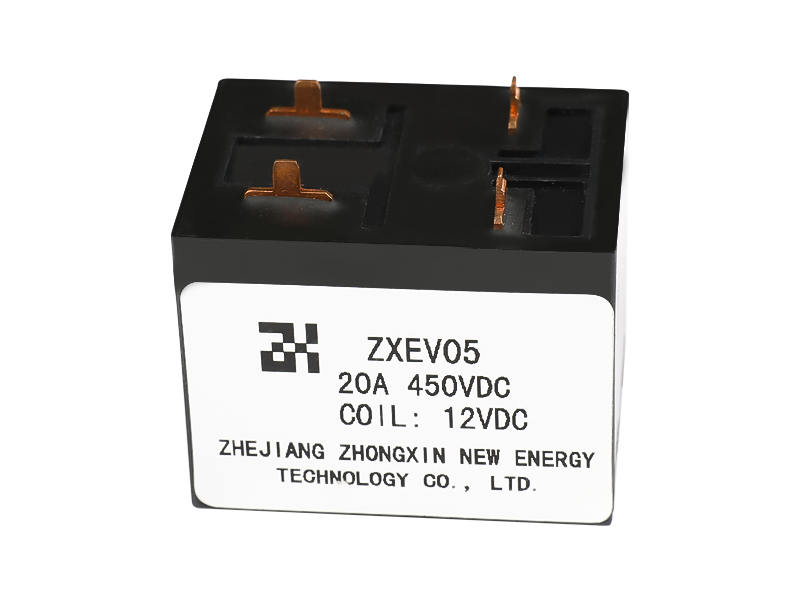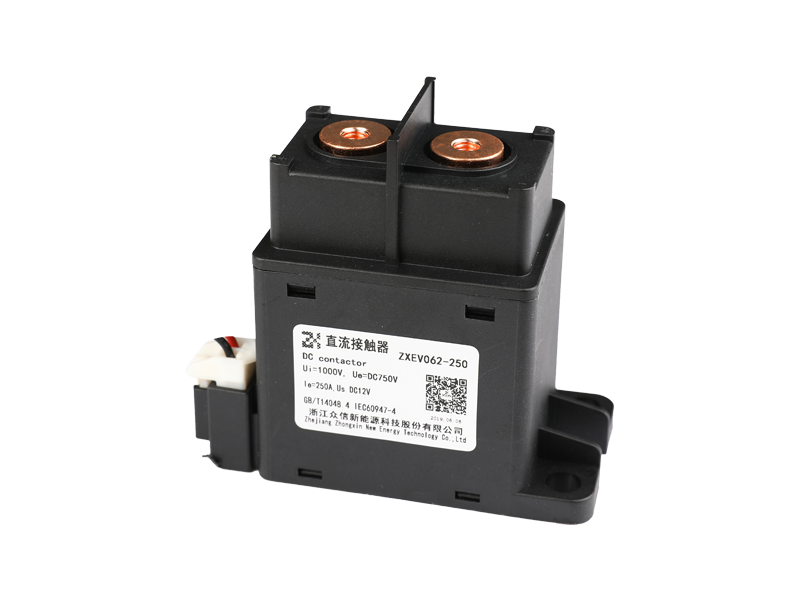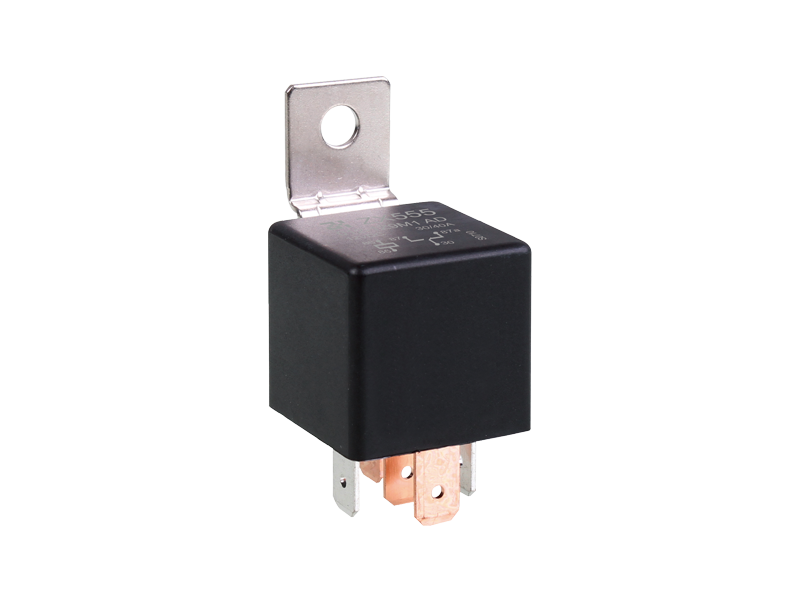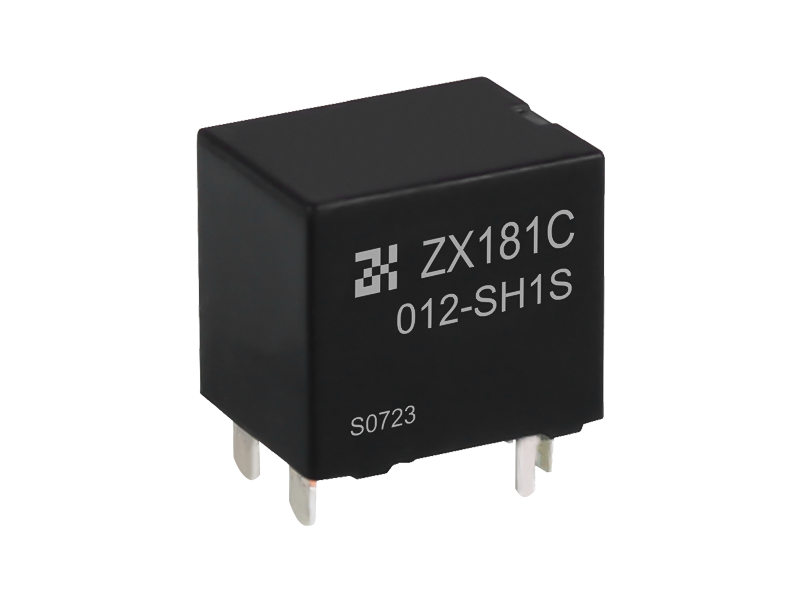Saying goodbye to the three-year dormant period of the epidemic, the domestic auto market has come to another crossroads of destiny. The starting gun has already been fired in 2023. Although it is difficult to predict where the giant ship of the new energy vehicle market will go, it is inevitable to be curious.
According to the data released by the Passenger Federation, from February 1st to 19th, the national passenger car new energy vehicle market retailed 215,000 units, an increase of 43% year-on-year, and a decrease of 4% from the same period last month. , an increase of 9% over the previous year.
Compared with the doubling growth in 2022, the new energy vehicle market has slowed down significantly since the beginning of this year. Judging from the market trend, the development of new energy vehicles has reached a bottleneck stage. Although many car companies have set ambitious sales targets in advance for this year, behind the loud slogans, car companies should think about how to achieve their performance smoothly.
Since New Year's Day this year, the 13-year-old state subsidy for new energy vehicles has officially withdrawn from the stage of history. The cancellation of this policy has had a direct impact on the majority of new energy car companies.
As early as the end of 2022, before the official withdrawal of the national subsidy, BYD was the first to release the news of the official price increase. For the guide prices of related models of Dynasty series, Haiyang.com and Denza brand, price increases ranging from 2,000 yuan to 6,000 yuan will be carried out.
Coincidentally, on February 28, Tengshi Motors officially announced that it will Tengshi D9 (Configuration |Inquiry) EV models implement a price increase strategy of 6,000 yuan. Since the last wave of official price increases, Denza D9 EV has not yet started delivery, so this round of price increases is actually a continuation of the previous price adjustment strategy.
After BYD announced the price increase, GAC Aion, Geometry and other brands quickly followed up. As of January, more than a dozen brands, including Jikrypton, Nezha, Leapao, Hechuang, Changan Deep Blue, Chery, SAIC Volkswagen, FAW-Volkswagen, etc., have officially announced price increases.
Regarding the increase in the price of new energy vehicles, Cui Dongshu, secretary-general of the Passenger Federation, said, "The price adjustment of new energy vehicles mainly depends on market supply and demand. Most of the new energy vehicle companies are still in a state of loss, and the market competition is fierce. A few car companies Hold the pricing power. From the end of this year to the beginning of next year, there will not be a large-scale wave of price cuts for new energy vehicles, but there may be a small-scale wave of price increases, and several car companies may follow suit."
Zhang Xiang, an analyst in the auto industry, said, "Price adjustments are mainly based on market supply and demand. The current overall capacity of the new energy vehicle industry is overcapacitated, and some car companies' price increases will reduce their competitiveness. Only dare to raise the price."
GPLP Rhino Financial Analysis believes that companies with strong profitability, such as BYD and GAC Aian, can better respond to changes in terminal prices, and companies with strong product capabilities can slow down cost increases and subsidies. Therefore, after the reduction of state subsidies, car companies have officially announced price increases, which is also expected.
However, the seemingly feasible path of the price increase strategy has not resulted in a good market response. With the intensification of market competition and the impact of factors such as the decline in raw material prices, a practical problem that car companies have to face is that stabilizing sales is more important than product price adjustments.
When other brands rushed to the official price increase, "Catfish" Tesla did the opposite, and once again showed its true appearance as a "price butcher". On the morning of January 6, Tesla released heavy news and decided to Model 3 (Configuration |Inquiry) and Model Y (Configuration |Inquiry) The prices of the two domestic models have been greatly reduced, and the starting price of the Model 3 has even dropped to a record low of 229,900 yuan.
Since Tesla implemented localization, model price adjustments are no longer a new operation, but such a substantial price reduction is unprecedented. Soon, under Tesla's repeated blows, other car companies that had just announced price increases had to stop and turn around, following in Tesla's footsteps.
GPLP Rhino Finance learned from a showroom of Xiaopeng Motors in Beijing that the three models of G3i, P5, and P7 do have discounts of 20,000 to 36,000 yuan, but the G9 without discounts is empty; Wei Lai was previously exposed to a huge discount of up to 100,000 yuan. Later, GPLP Rhino Finance learned that some vehicles in stock had indeed been reduced in price, but it was not as big as 100,000 yuan.
Not only the new car-making forces, but also the traditional big manufacturers who have not made enough efforts in the field of electrification are also having a hard time. As the oldest century-old car company, Mercedes-Benz has always set a benchmark in the luxury field. However, the EQ pure electric series models in the terminal market all have substantial discounts. Among them, the flagship model EQS first officially carried out a wave of reduction strategies of around 200,000 yuan, and then on this basis, dealers still have a policy of about 100,000 yuan in profit. ; EQC, the first model of the EQ series, also has a preferential price of about 200,000 yuan, but even so, almost no one cares about it in the terminal market.
A similar situation exists with Japanese car companies.
As the "vanguard" of Toyota's entry into the pure electric market, bZ4X acts as the important task of leading the follow-up products, but the actual sales situation is quite different. According to the latest market, FAW Toyota bZ4X's current terminal naked car price has dropped by 60,000 yuan, which is equal to the price of entry-level models and is on par with BYD Yuan PLUS; at almost the same time, Nissan ARIYA also released a "60,000-yuan direct drop" Prehistoric sale.
In addition, BYD has also recently implemented a "limited-time discount" policy for certain models in some regions. Hubei Province even joined forces with car companies to adopt large-scale subsidy and price reduction measures to stimulate consumers' desire to buy cars.
GPLP Rhino Finance believes that the bottleneck period of the auto market is not only related to the law of the development of the new energy market, in addition to the price adjustment of auto companies caused by the reduction of state subsidies, which directly affects market growth. In the past two years, with the advancement of battery technology, the scale of the new energy vehicle market has grown rapidly, and the penetration rate has risen beyond expectations. Now there is a certain degree of natural decline, which is also expected.
In the past 2022, the penetration rate of domestic new energy vehicles reached 25%. According to the China Association of Automobile Manufacturers, China's new energy vehicle sales will reach 9 million in 2023, a year-on-year increase of 35%. The Passenger Federation expects sales of new energy vehicles to reach 8.4 million in 2023, a year-on-year increase of 30%. It is not difficult to see that it is basically hopeless to double the year-on-year growth in 2023.
The slowdown in the growth of the new energy vehicle market will naturally have a series of impacts on the market. For example, at the marketing level, the frustrated dealers will continue to expand their losses; at the level of car company competition, it will further intensify the arrival of a new round of knockout competitions.
81% are dealer models and 19% are direct sales models. This is the main sales channel structure of the auto market in 2022. Although the direct sales model has been continuously praised by car companies in the era of electrification, it is difficult to penetrate the direct sales model in small and medium-sized cities in terms of model operation. Relevant data show that the sales volume of the direct sales model in small and medium-sized cities is extremely low, so the direct sales model faces the characteristics of a relatively rigid system and difficult market penetration in the national sales market layout.
The competition at the car company level used to be a volume, but by 2023, I am afraid it will be described as tearing with hands and biting teeth. Weimar Motors, which was once in the same echelon as "Li Xiaowei", repeatedly exposed news such as salary cuts, layoffs, debt entanglements, and factory shutdowns. Although Weimar is still working hard to go public through the back door, trying to save the decline, the rise and fall only takes a moment, which also proves the cruel fact of market competition. Zhu Jiangming, the founder of Leapmotor, who has always been determined on the technical path of "global self-research", also said, "It depends on 2023 to become a dark horse or to be eliminated!"
So, will new energy vehicles continue to cut prices in the future?
From the perspective of the industry, the new round of price cuts for new energy vehicles will be good for end consumers. However, due to factors such as intensified market competition and price cuts for raw materials, the wave of price cuts in the new energy vehicle market may continue.
Not only that, while the industry has set off a wave of price cuts, the emergence of some low-priced new models has further shaken the original market structure. For example, the recently launched BYD Qin PLUS DM-i2023 Champion Edition has an official starting price of 99,800 yuan, which directly enters the price range of old compact fuel vehicles such as Sylphy and Ralink; The price threshold of RMB 200,000 has also once again refreshed the lower limit of the price of compact SUVs by new car-making forces.
Jiang Han, a senior researcher at the Pangoal Institute, told GPLP Rhino Finance, “Enterprises with truly strong market influence and control will likely further expand their market advantages, while some enterprises with insufficient competitiveness may also be eliminated by the market at an accelerated rate. "








